- Why It’s Important to Know When Not to Cut Grass?
- UK Lawn Cutting Guide – Month-by-Month by Season
- UK Lawn Mowing Schedule at a Glance
- When I Avoid Cutting Grass, Even in Season?
- What Time of Day Should You Avoid Cutting Grass?
- Final Thoughts – When Not to Cut Grass in the UK?
- Frequently Asked Questions
When it comes to lawn care, timing really matters. One of the most common questions I get is, “When should you stop mowing the grass?” The answer purely depends on the following like weather, grass condition & the season—not just a date on the calendar.
Over time, I’ve learned that knowing when not to cut grass is just as important as knowing when to cut it. Cutting at the wrong time can do more harm than good.
This guide walks through a full year of lawn care in the UK and helps you avoid the most common seasonal mowing mistakes.
Why It’s Important to Know When Not to Cut Grass?
How UK Seasons Affect Grass Growth?
Grass growth in the UK follows seasonal patterns. It thrives in mild, moist conditions—typically spring and early autumn—and slows down or stops entirely during winter and in dry, hot summers.
Understanding this pattern helps you avoid mowing when the grass is wet or vulnerable.
What Happens if You Mow at the Wrong Time?
Mowing when the grass is dormant or stressed can damage the root system, lead to patchy or thin growth, and open up space for weeds or disease.
I’ve made that mistake before and had to spend months bringing the lawn back to life.
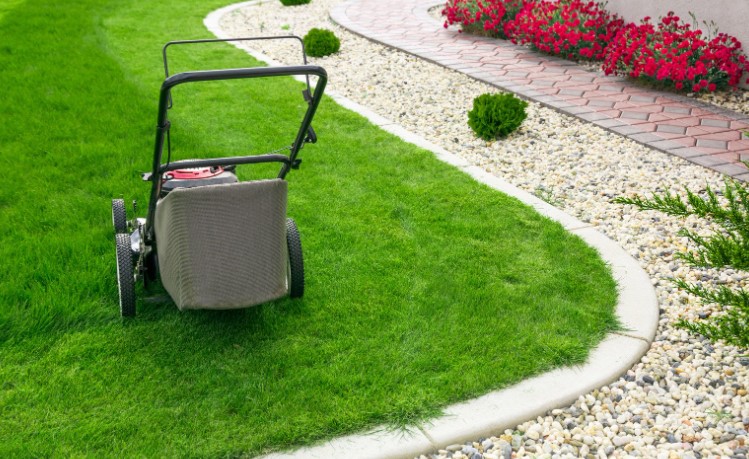
UK Lawn Cutting Guide – Month-by-Month by Season
Here’s a detailed guide of what to do each month, broken down by season, so you’ll know exactly when mowing is safe—and when it’s best to stop.
Spring (March – May)
March – Cautiously Start Mowing
Temperatures begin to rise in March, and grass slowly starts growing once the average daily temperature is above 7°C.
If the ground is dry and conditions are mild, a light cut with a high blade setting can help ease the lawn out of dormancy.
April – Resume Regular Mowing
Grass growth picks up speed in April. This is the time to mow weekly as long as the grass is dry. Avoid mowing when it’s wet to prevent clumping or tearing.
May – Consider No Mow May
You might wonder, “Why shouldn’t you cut your grass in May?” Skipping mowing in may month allows wildflowers to bloom & supports pollinators such as bees & butterflies.
I take part in No Mow May every year, and it always adds biodiversity and beauty to my garden.

Summer (June – August)
June – Maintain a Regular Schedule
In June, the lawn is in peak growth. Mowing once a week works well. Increase the mower blades slightly at the time of dry spells to avoid putting extra stress on the turf.
July – Reduce Frequency in Drought
July can bring heatwaves or prolonged dry periods. If the lawn looks brown, feels dry or grass stops growing, it’s best to let it rest. Mowing during these times can weaken the grass further.
August – Mow Lightly as Needed
If rainfall increases, growth may pick up again. Mow every 10–14 days, adjusting the blade height to keep grass slightly longer for better moisture retention.
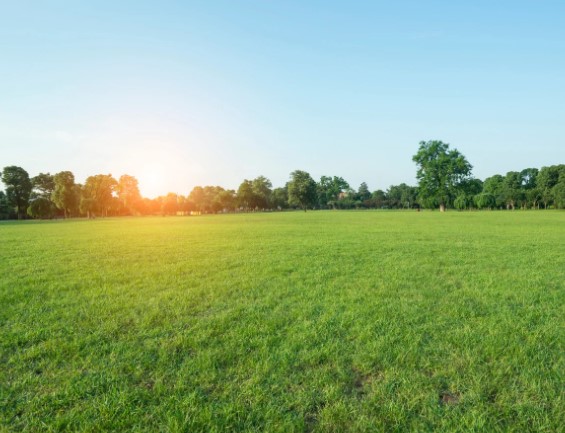
Autumn (September – November)
September – Ideal Time for Lawn Care
Cooler temperatures and regular rain make September perfect for mowing and lawn recovery.
I continue mowing weekly and use this time for lawn repair tasks like scarifying and reseeding.
October – Begin Reducing Frequency
Grass growth starts to slow down. I reduce mowing to every two or three weeks, depending on the weather. If the average temperature drops below 10°C, I stop mowing altogether.
November – Stop Mowing the Grass
So, when should you stop mowing the grass?
For me to stop mowing the grass, it’s November. At this point, grass growth has stopped and the ground is often too cold or damp. Mowing now can cause long-term damage.
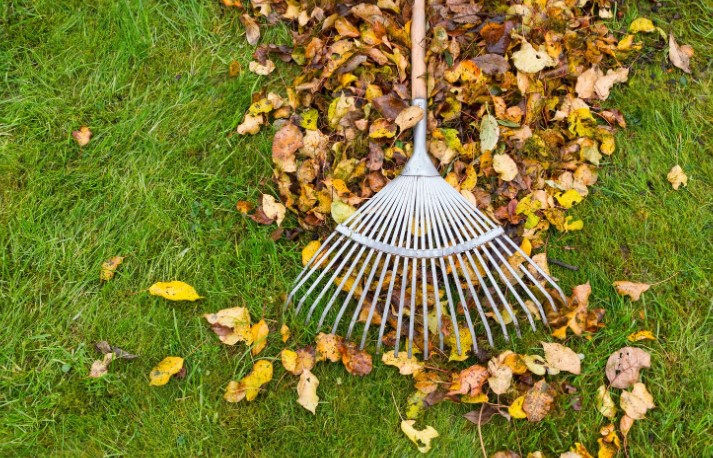
Winter (December – February)
December – No Mowing Needed
The lawn is fully dormant in December. Even during milder spells, the soil is usually too cold or wet for safe mowing. I leave the lawn alone to rest.
January – Avoid Cutting Grass
With frost, snow, and freezing temperatures, mowing in January is unnecessary and risky. It’s better to keep off the grass completely during this month.
February – Wait Until Spring
While daylight increases, February is still too early to start mowing. The grass hasn’t fully woken up, and cutting it now could set it back.
I wait for mid-March to reevaluate conditions.
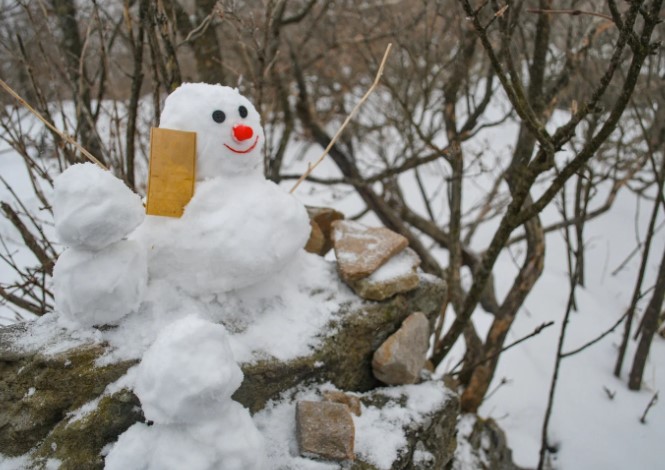
UK Lawn Mowing Schedule at a Glance
| Month | Season | Mowing Advice | Avg. Temperature | Mowing Status |
| January | Winter | Do not mow | 0–5°C | No |
| February | Winter | Do not mow | 2–7°C | No |
| March | Spring | Light mowing starts | 7–10°C | Maybe |
| April | Spring | Resume mowing | 10–15°C | Yes |
| May | Spring | Optional (No Mow) | 12–18°C | Optional |
| June | Summer | Weekly mowing | 15–22°C | Yes |
| July | Summer | Reduce if dry | 18–25°C | Caution |
| August | Summer | Light mowing | 17–22°C | Yes |
| September | Autumn | Best for lawn care | 15–18°C | Yes |
| October | Autumn | Mow less frequently | 10–14°C | Limited |
| November | Autumn | Stop mowing | 6–10°C | No |
| December | Winter | No mowing needed | 2–6°C | No |
When I Avoid Cutting Grass, Even in Season?
Even during mowing months, I don’t mow under certain conditions.
If the ground is soaked, the grass is limp, or frost has formed overnight, I wait until it dries out or warms up. Cutting in poor conditions can damage the turf and compact the soil.
I also avoid mowing during high heat in summer. Grass can go dormant in dry spells, and mowing during this time does more harm than good.
What Time of Day Should You Avoid Cutting Grass?
- Early morning (6:00–8:30 AM): Grass is damp with dew — avoid mowing.
- Mid-morning (9:00–11:30 AM): Ideal time — grass is dry and conditions are mild.
- Midday (12:00–2:00 PM): Too hot in summer — can stress the lawn.
- Late afternoon (3:00–5:30 PM): Generally safe for mowing.
- Evening (6:00–8:00 PM): Avoid — rising moisture increases disease risk.
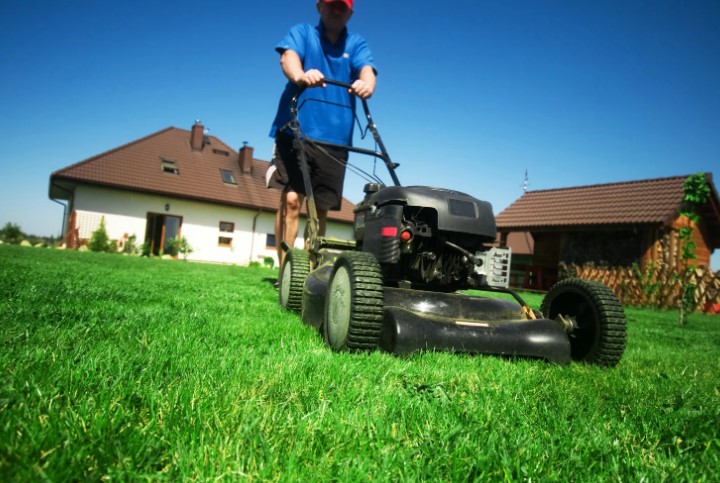
Final Thoughts – When Not to Cut Grass in the UK?
If there’s one thing I’ve learned, it’s that watching the lawn and the weather is more effective than following a strict calendar.
I generally stop mowing in mid to late November and don’t start again until mid to late March.
Skipping mowing during cold, wet, or very dry conditions is key to maintaining a healthy lawn.
And joining campaigns like No Mow May helps not only your garden but also your local ecosystem.
Frequently Asked Questions
1. When should you stop mowing the grass in the UK?
Most people stop mowing between late October and mid-November, once the temperature drops below 10°C and the grass stops growing.
2. Can I cut grass in February UK?
No. February is still too cold, and the ground is often waterlogged or frozen. It’s best to wait until March.
3. Why shouldn’t you cut your grass in May?
May is ideal for promoting wildflower growth and supporting pollinators. Skipping mowing during this month allows biodiversity to flourish.
4. Is it OK to cut grass in November UK?
Early November may be okay if conditions are dry and mild, but most lawns stop growing by mid-month. It’s safer to stop.
5. Should you mow wet grass in the UK?
No. Mowing wet grass can cause tearing, compaction, and uneven growth. Always wait for dry conditions.


0 Comments